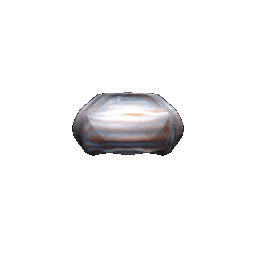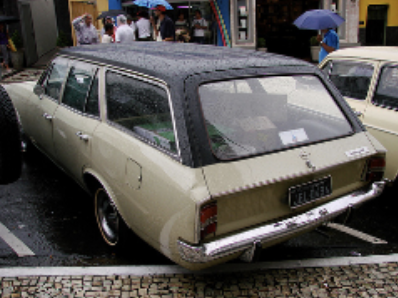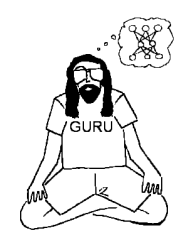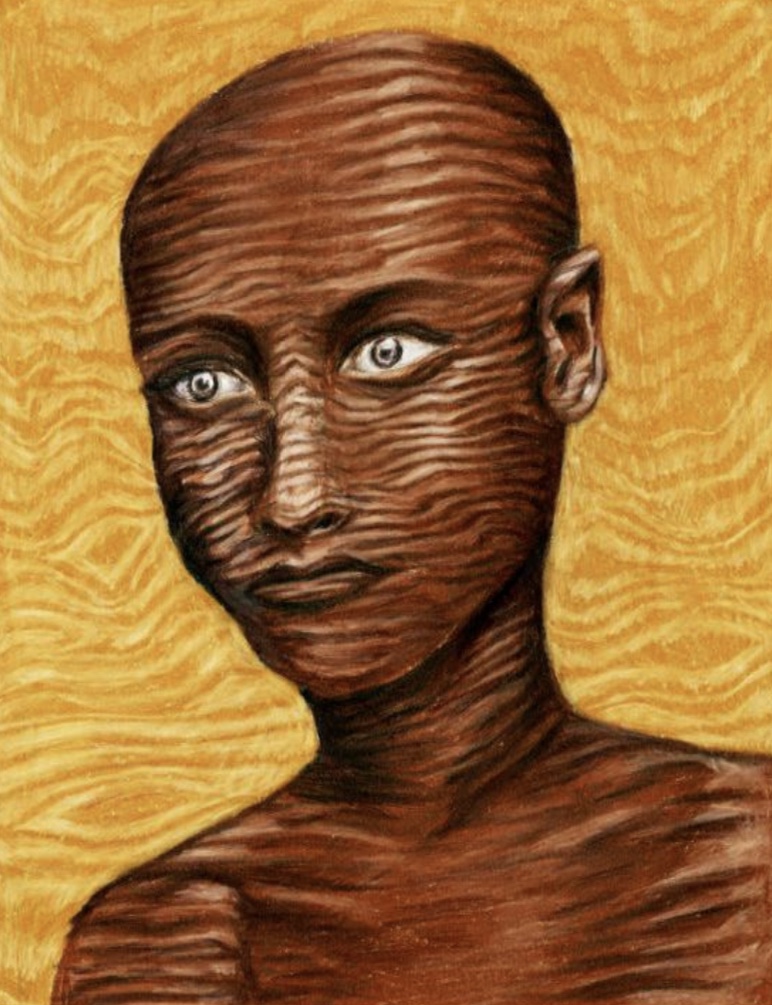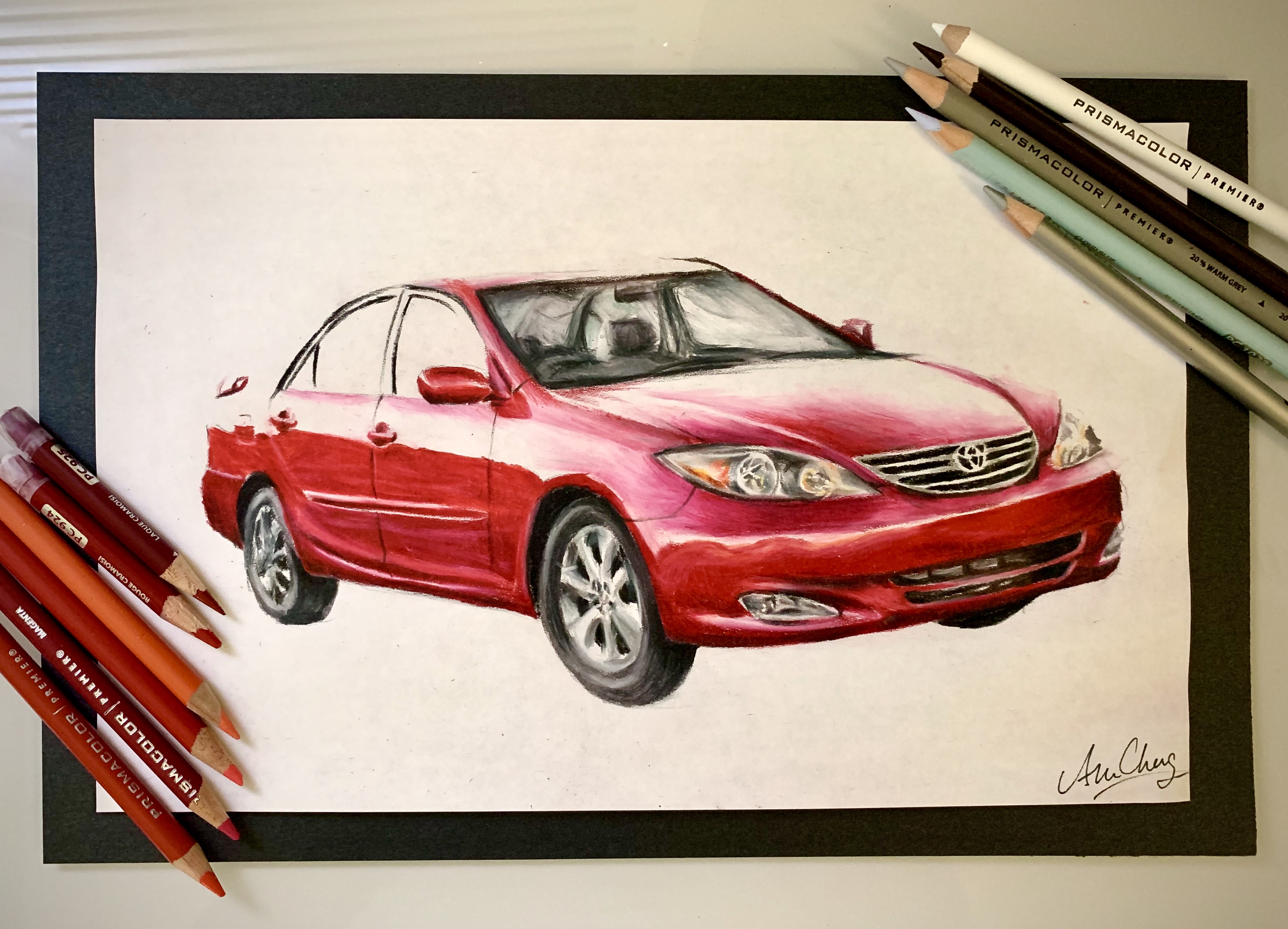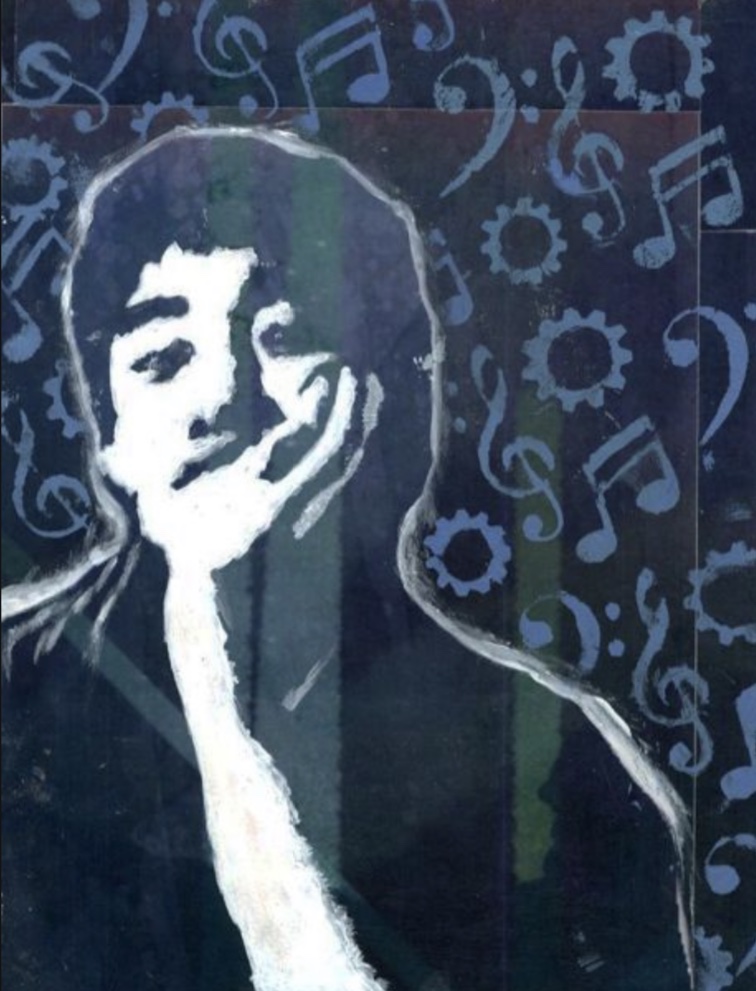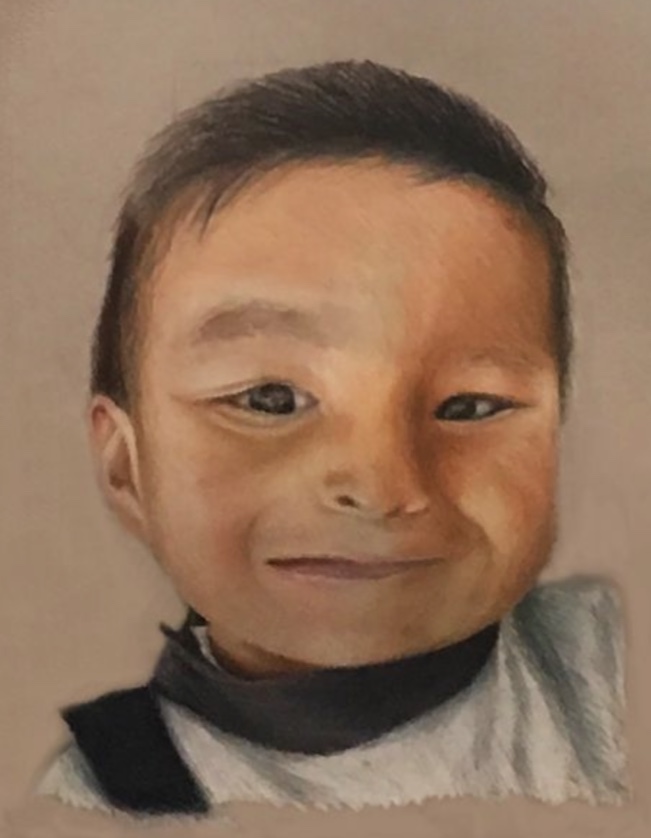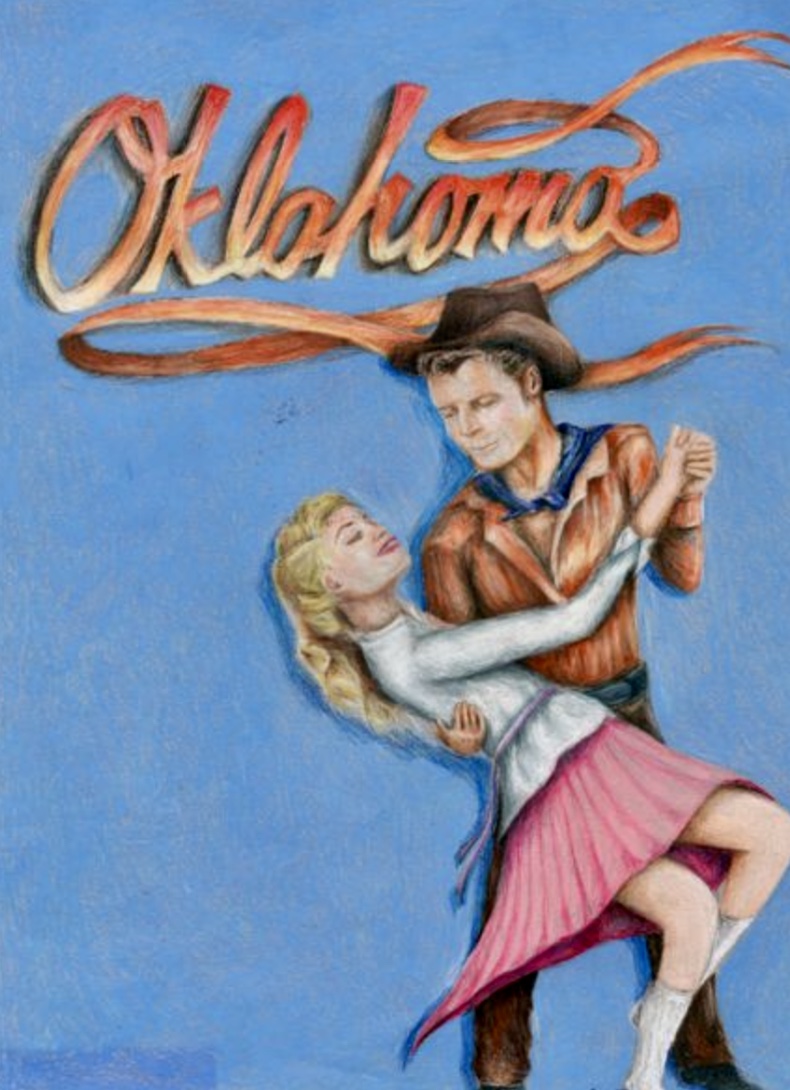
I am a graduate student at UCLA pursuing a Master of Science in Computer Science with a concentration in Artificial Intelligence. I anticipate graduating in December 2023. Previously, I completed my undergraduate degree in Computer Science at UC San Diego.
My interests lie in computer vision and multidisciplinary deep learning applications. I am currently seeking opportunities for machine learning roles starting in 2024.
📍 San Jose, CA✉️allencheung @ g.ucla.edu
 Resume
Resume



